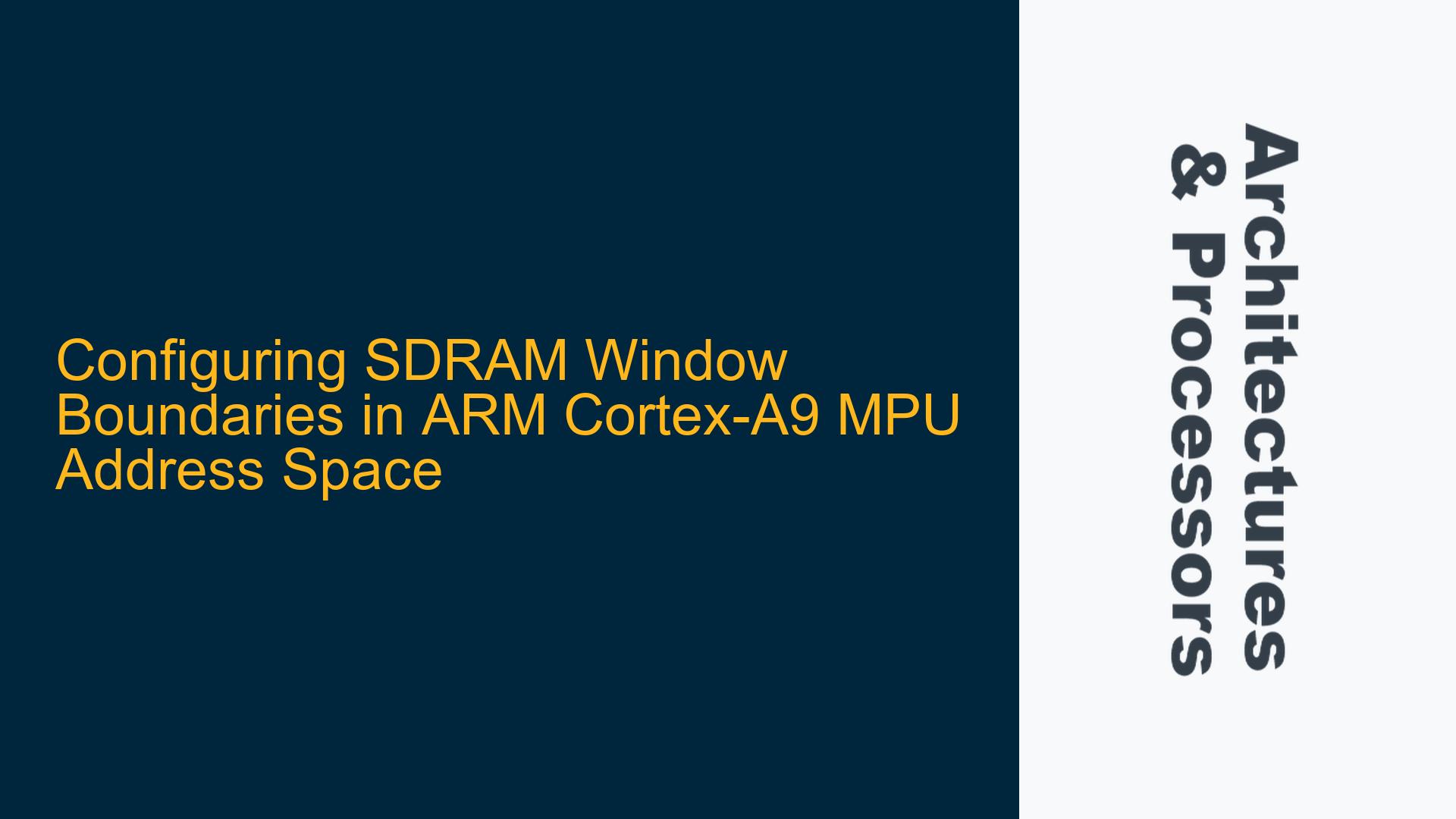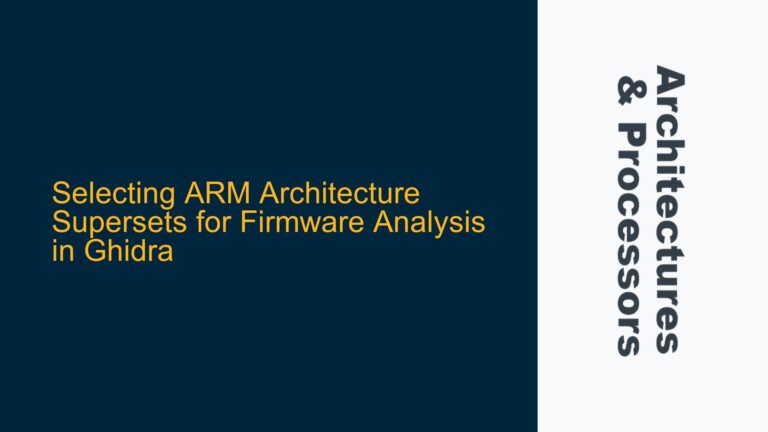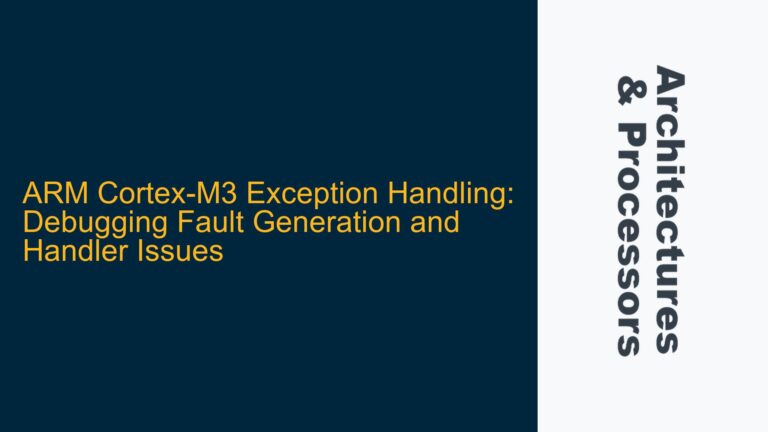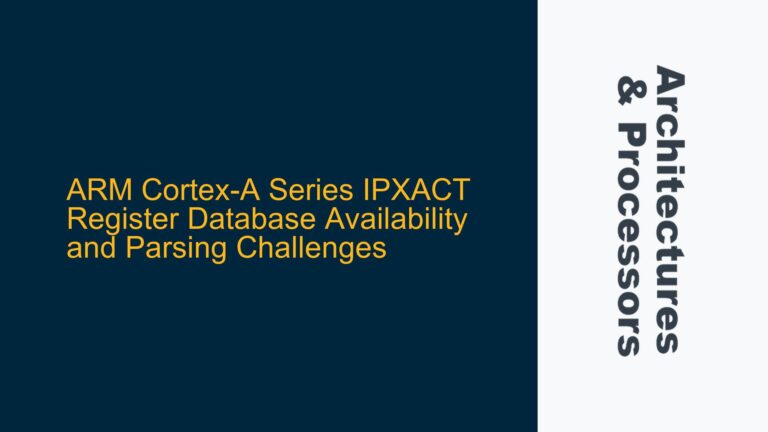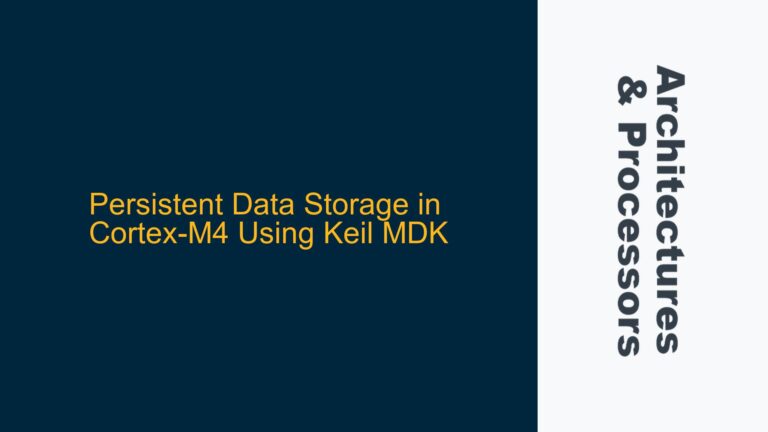Understanding SDRAM Window Boundaries in ARM Cortex-A9 MPU Address Space
The ARM Cortex-A9 processor, as part of the Cyclone V SoC, utilizes a Memory Protection Unit (MPU) to manage memory regions, including SDRAM. The SDRAM window boundary defines the addressable range of SDRAM within the MPU address space. This boundary is configurable and can be adjusted to allocate more or less address space to SDRAM, often at the expense of other memory regions such as the BOOT ROM or FPGA slave regions. The configuration of these boundaries is critical for system performance and memory utilization, as it directly impacts how much SDRAM can be accessed by the processor and other peripherals.
The SDRAM window boundary is defined by two key parameters: the start address and the end address. These addresses determine the range of the SDRAM that is accessible within the MPU address space. The total amount of SDRAM addressable from other address spaces can be configured at runtime by writing to specific registers in the L2 cache controller. However, this configuration is not trivial and requires a deep understanding of the memory map, the MPU, and the L2 cache controller.
When developing firmware for the Cortex-A9, particularly when writing scatter files for placing code in SDRAM, it is essential to know the SDRAM base address in the MPU address space beforehand. This knowledge ensures that the code is placed in the correct memory region and avoids conflicts with other memory-mapped peripherals or regions. The scatter file, which is used by the linker to place code and data in specific memory regions, must be consistent with the SDRAM window boundaries defined in the MPU.
Challenges in Predefining SDRAM Base Address and Modifying Boundaries
One of the primary challenges in working with SDRAM window boundaries is the need to predefine the SDRAM base address in the MPU address space before runtime. This requirement arises because the scatter file, which is used during the linking stage of firmware development, must accurately reflect the memory map of the system. If the SDRAM base address is not known beforehand, the scatter file cannot be correctly configured, leading to potential runtime errors or memory access violations.
The SDRAM window boundary is typically defined during the system design phase and is not intended to be modified during runtime. This limitation is due to the fact that the MPU and L2 cache controller rely on a fixed memory map to manage memory access and protection. Changing the SDRAM window boundary during runtime would require reconfiguring the MPU and L2 cache controller, which is not feasible in most embedded systems due to the complexity and potential for introducing errors.
However, there are scenarios where it may be necessary to modify the SDRAM window boundary, such as when optimizing memory usage or accommodating different memory configurations. In such cases, the modification must be done during the preloader stage, before the operating system or application code is executed. The preloader is responsible for initializing the hardware, including the MPU and L2 cache controller, and can be used to configure the SDRAM window boundary based on the specific requirements of the system.
To modify the SDRAM window boundary in the preloader, the developer must write to the address filtering start and end registers in the L2 cache controller. These registers define the start and end addresses of the SDRAM window in the MPU address space. By writing to these registers, the developer can adjust the SDRAM window boundary to allocate more or less address space to SDRAM. However, this process requires a thorough understanding of the memory map and the impact of changing the SDRAM window boundary on other memory regions.
Implementing SDRAM Window Boundary Configuration in Preloader and Scatter Files
To implement SDRAM window boundary configuration in the preloader and scatter files, the developer must follow a systematic approach that ensures consistency between the hardware configuration and the software memory map. The first step is to define the SDRAM window boundary during the system design phase, taking into account the requirements of the application and the constraints of the hardware. This definition should include the start and end addresses of the SDRAM window, as well as any other memory regions that may be affected by the configuration.
Once the SDRAM window boundary is defined, the developer must configure the preloader to write the appropriate values to the address filtering start and end registers in the L2 cache controller. This configuration should be done early in the preloader initialization process, before any other memory access is performed. The preloader should also verify that the SDRAM window boundary has been correctly configured by reading back the values from the registers and comparing them to the expected values.
After the preloader has configured the SDRAM window boundary, the developer must update the scatter file to reflect the new memory map. The scatter file should define the SDRAM region using the start and end addresses that were configured in the preloader. This ensures that the linker places code and data in the correct memory region and avoids conflicts with other memory-mapped peripherals or regions.
In addition to updating the scatter file, the developer must also ensure that the application code is aware of the SDRAM window boundary. This can be done by defining constants or macros that represent the start and end addresses of the SDRAM region. These constants or macros can then be used in the application code to access SDRAM, ensuring that all memory accesses are within the defined boundaries.
Finally, the developer should thoroughly test the system to verify that the SDRAM window boundary has been correctly configured and that the application code can access SDRAM without issues. This testing should include both functional testing, to ensure that the application behaves as expected, and performance testing, to ensure that the system meets its performance requirements.
In conclusion, configuring the SDRAM window boundary in the ARM Cortex-A9 MPU address space is a critical task that requires a deep understanding of the hardware and software interactions. By following a systematic approach and carefully defining the SDRAM window boundary during the system design phase, developers can ensure that their firmware is correctly placed in memory and that the system performs as expected. The use of the preloader and scatter files to configure and reflect the SDRAM window boundary is essential for achieving this goal, and thorough testing is necessary to verify the configuration and ensure system reliability.
